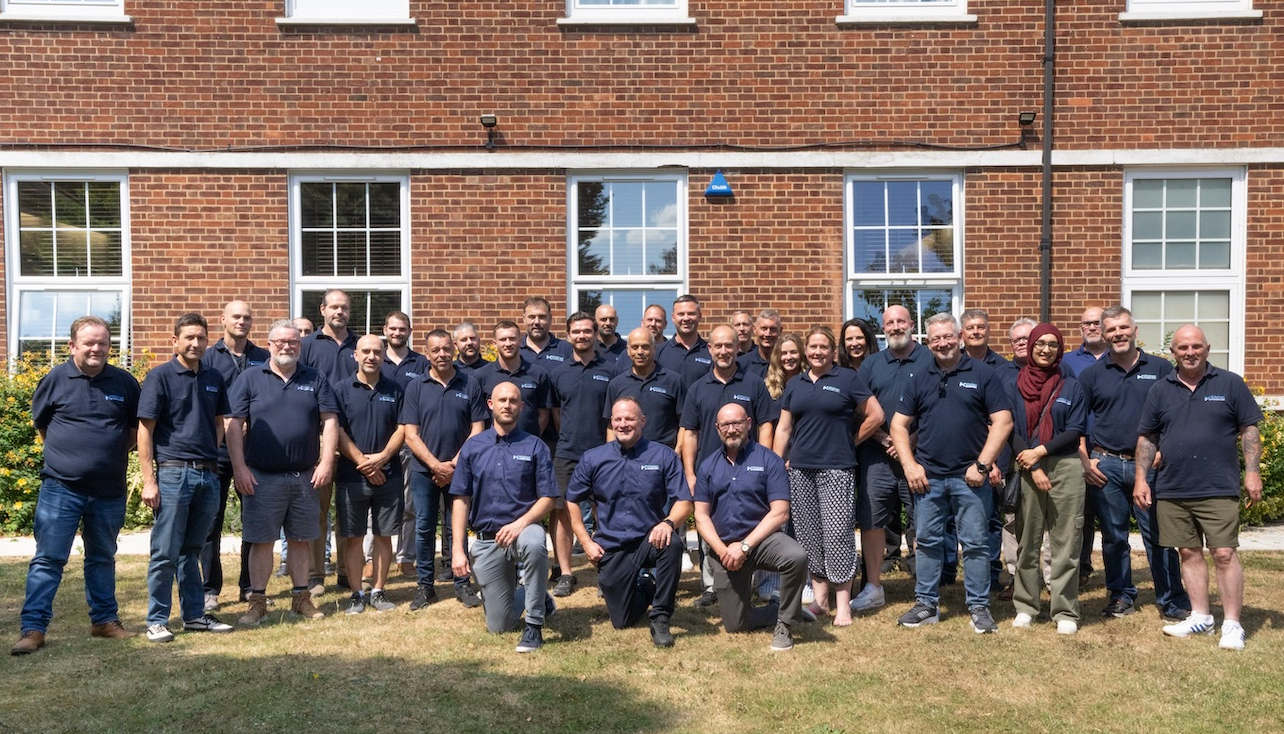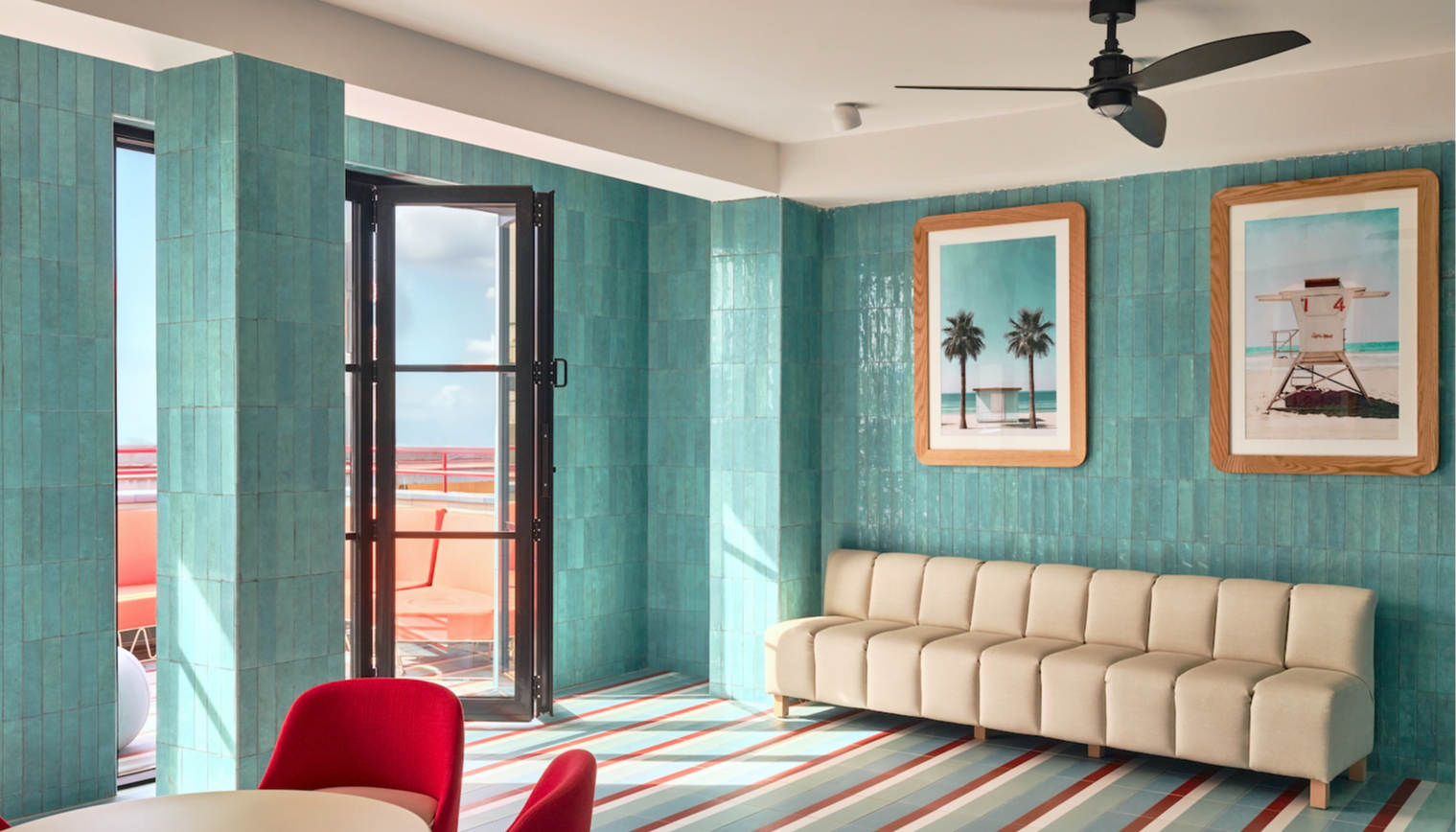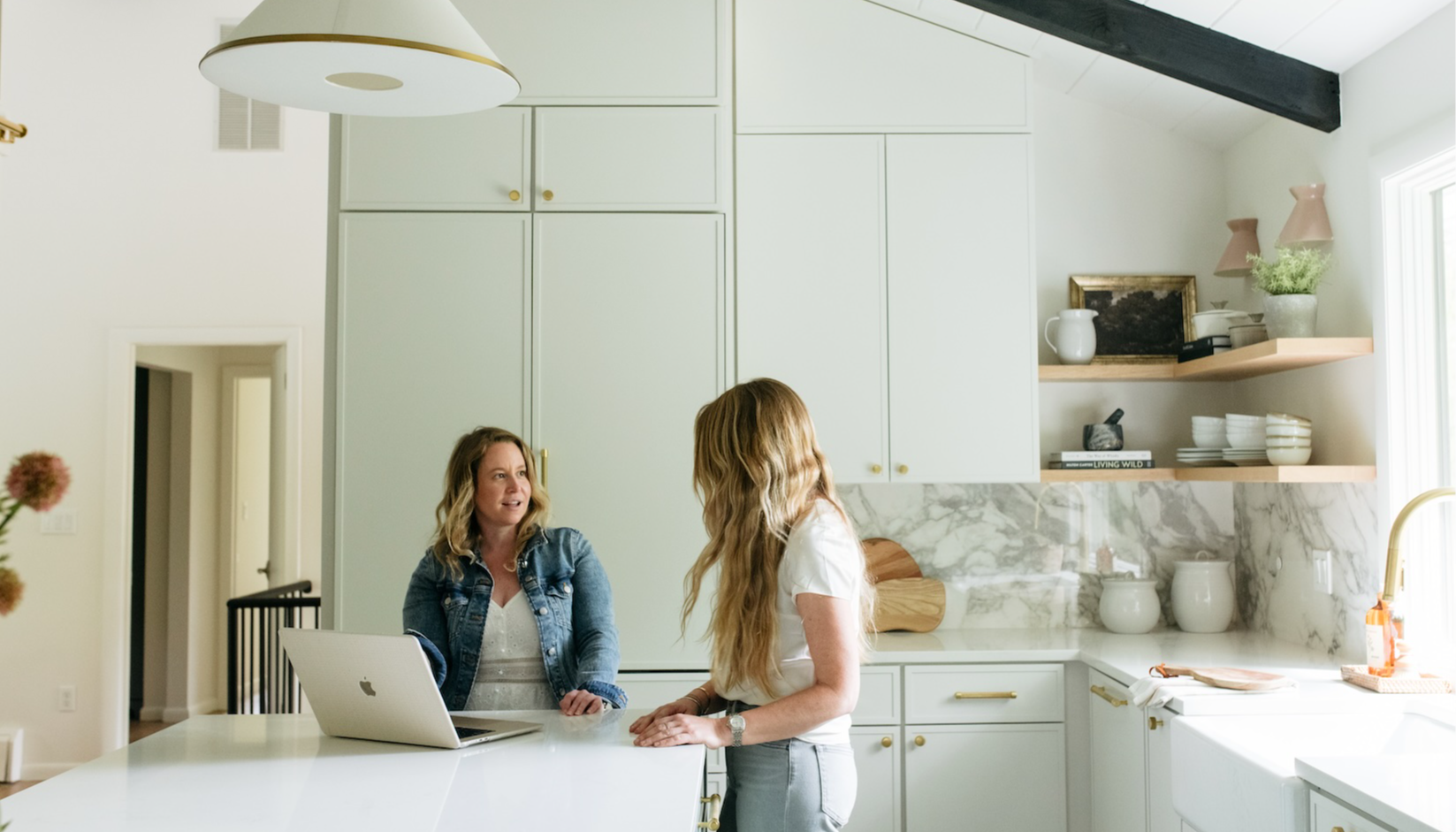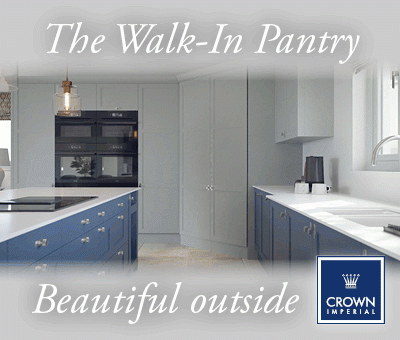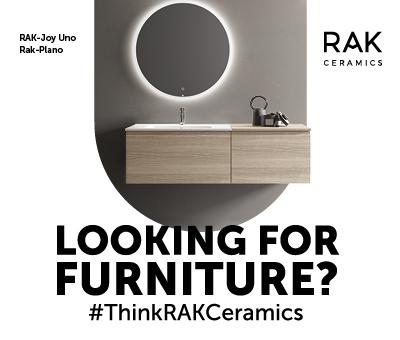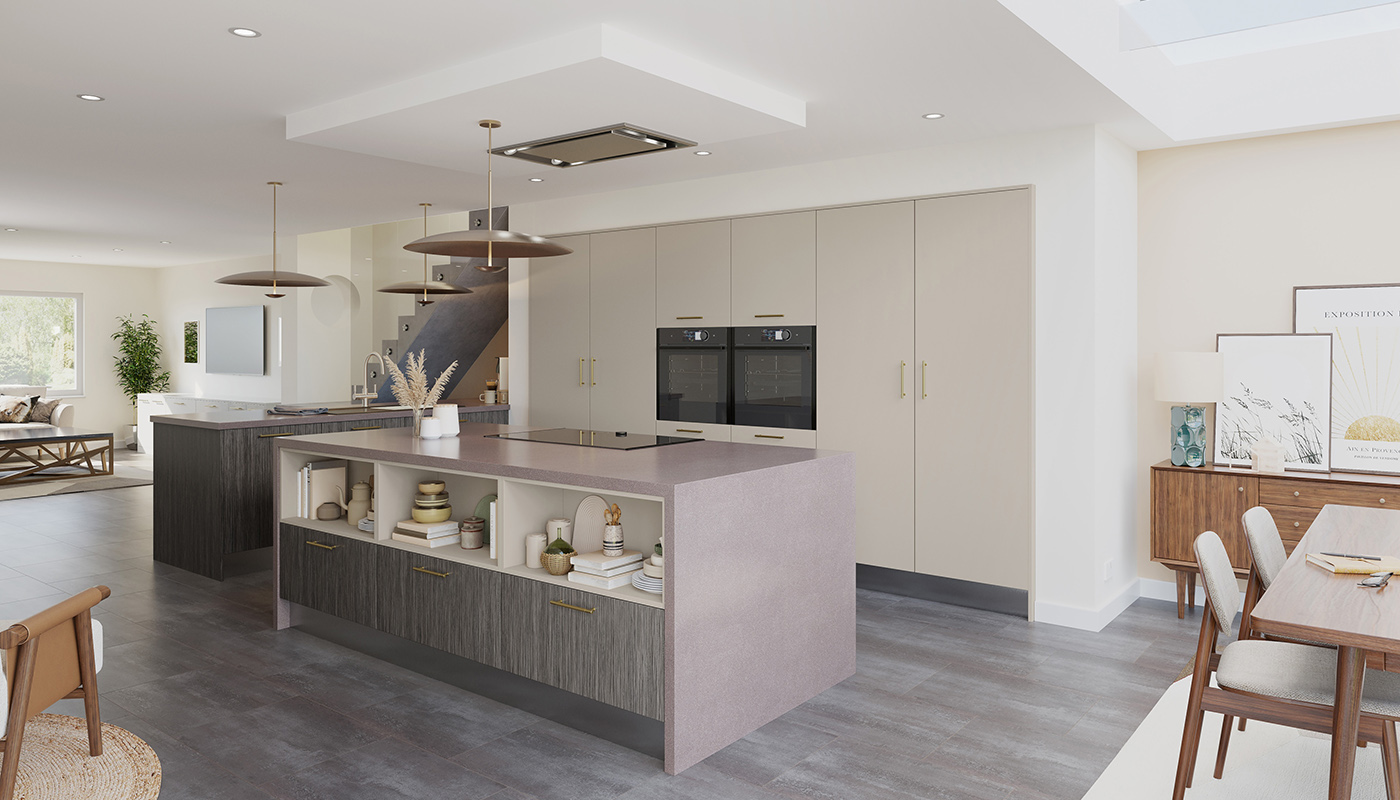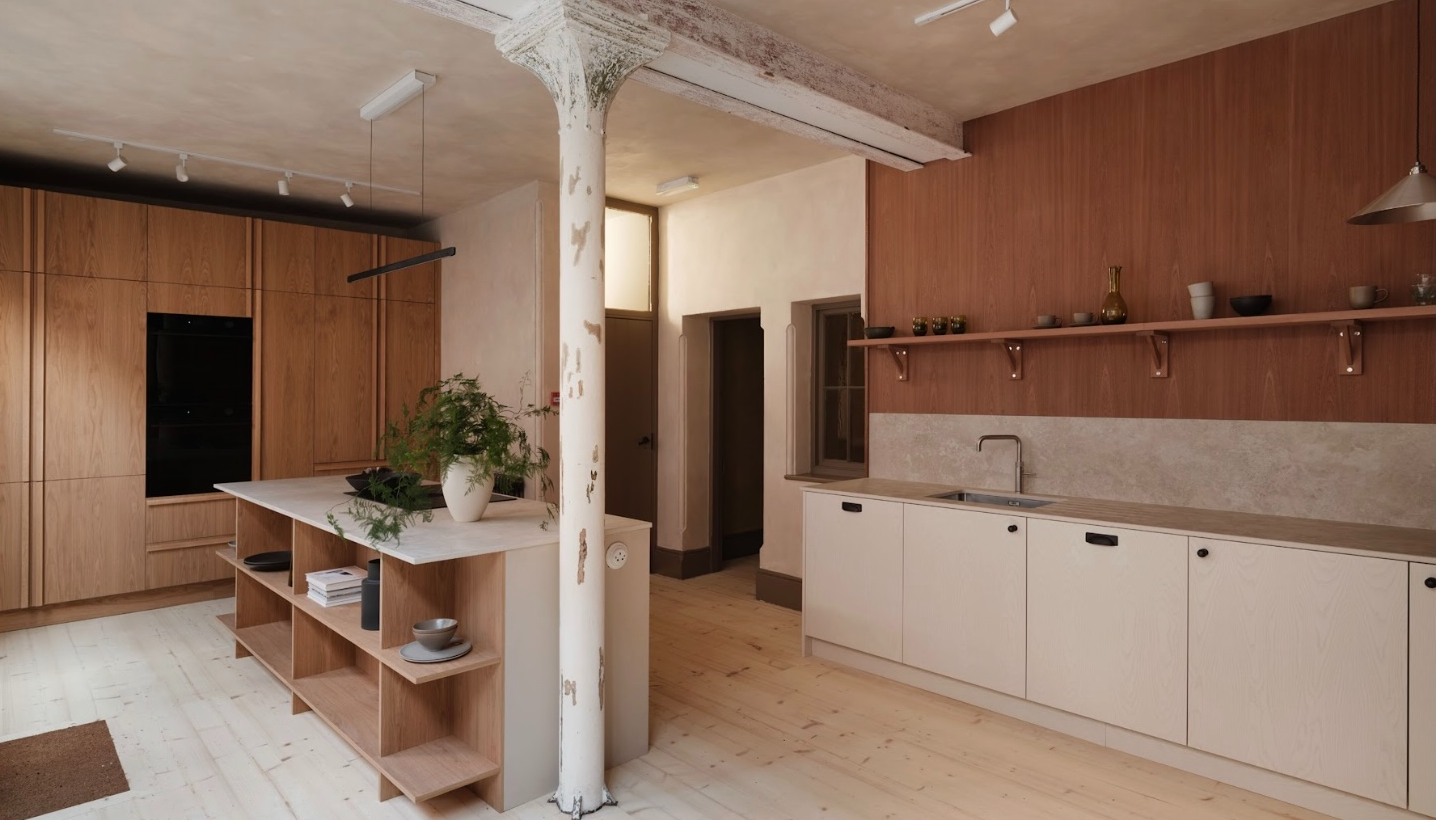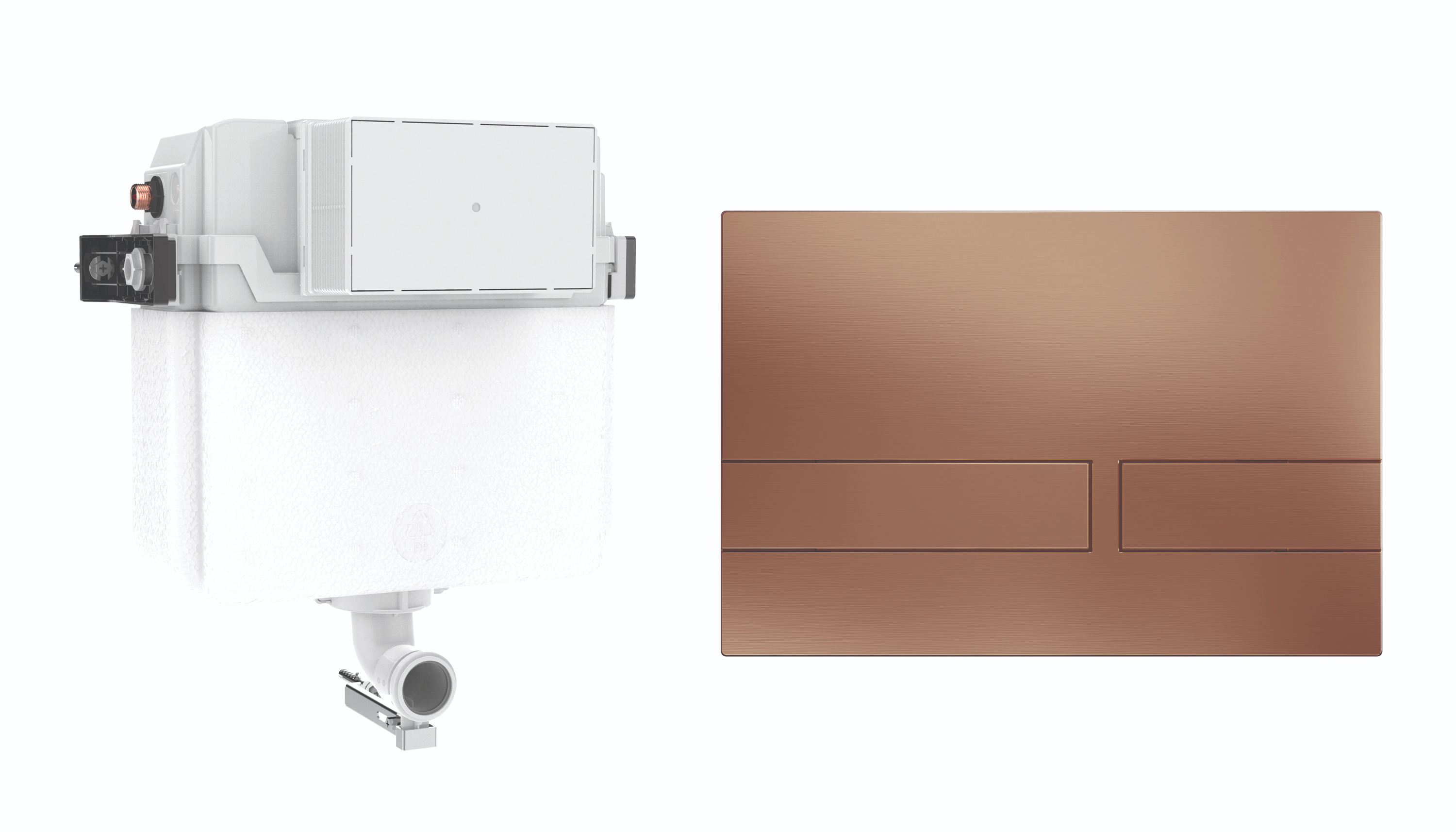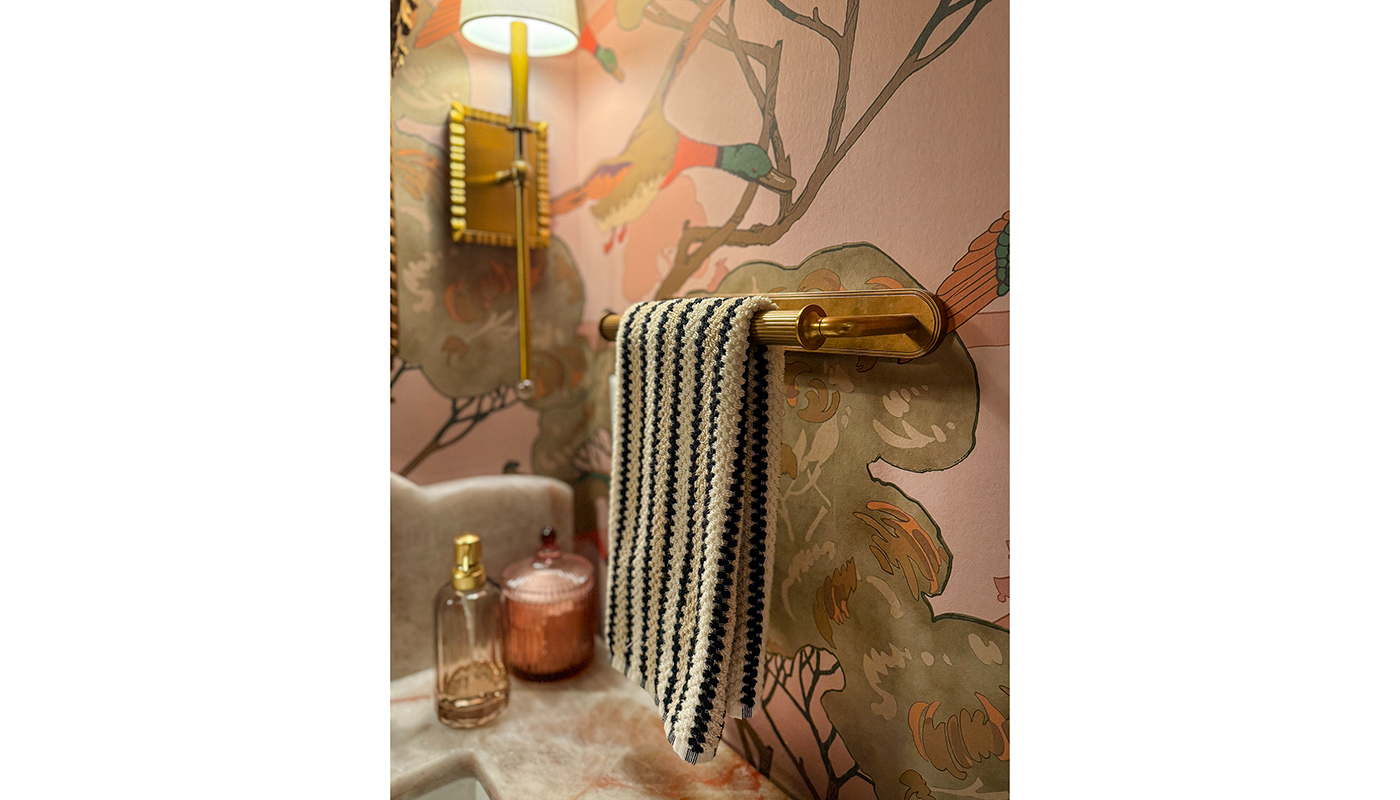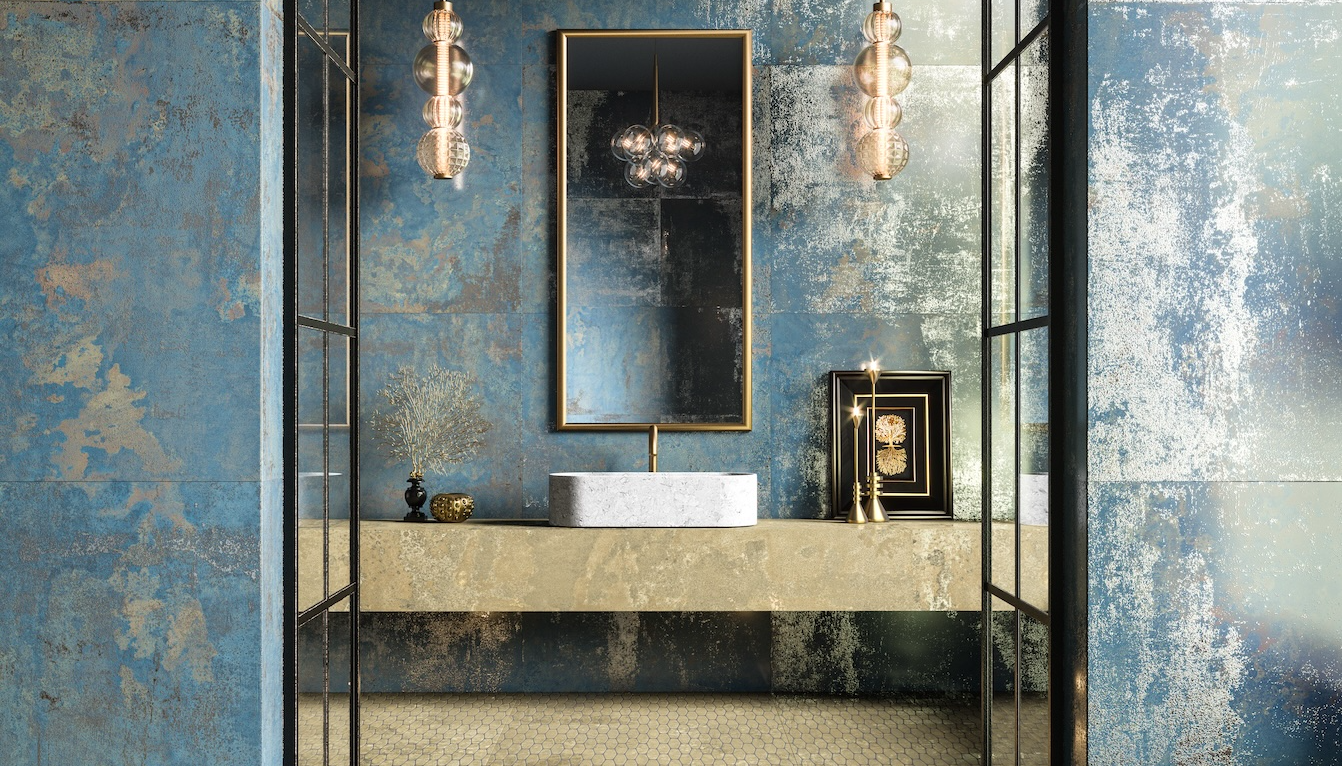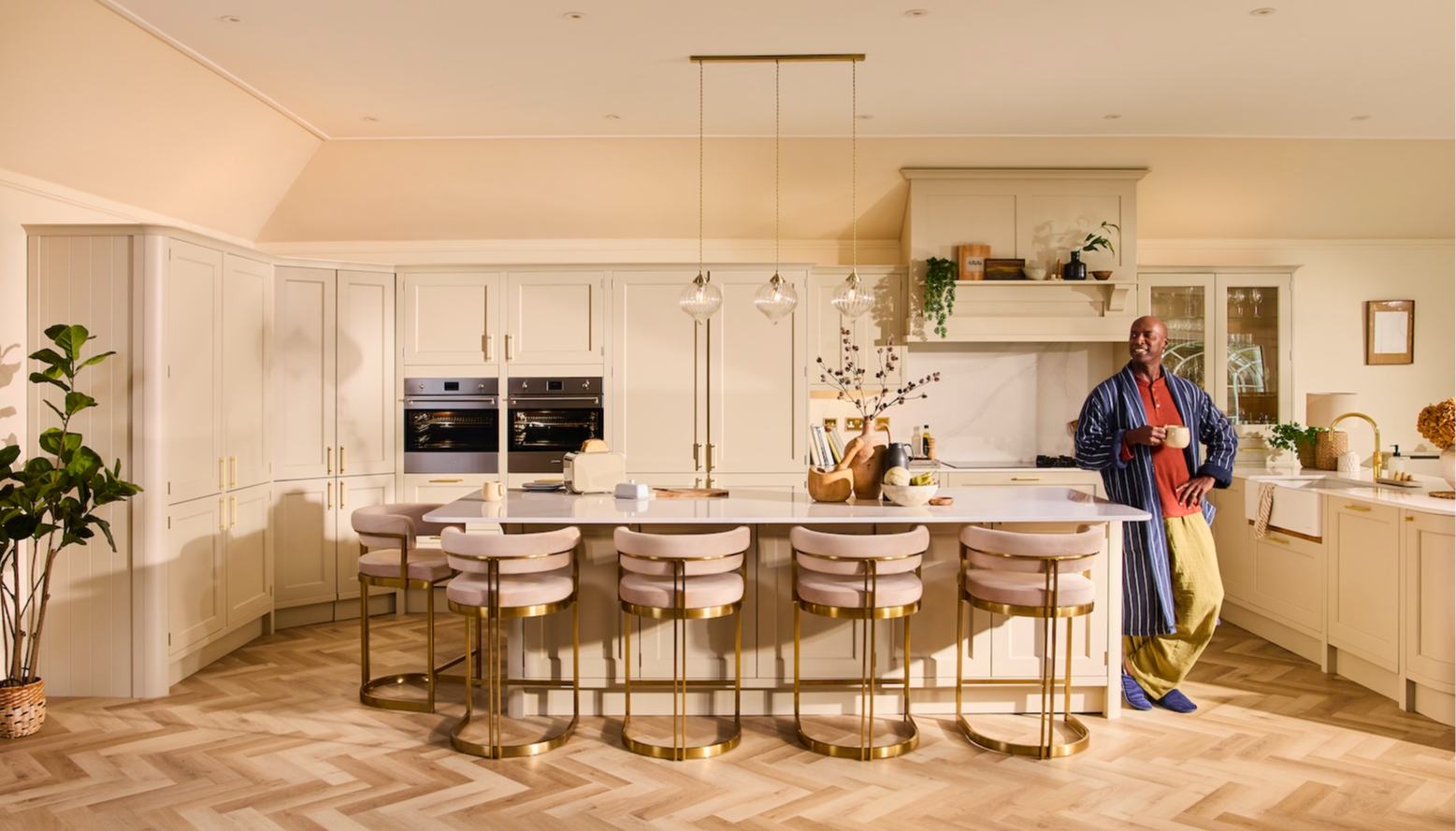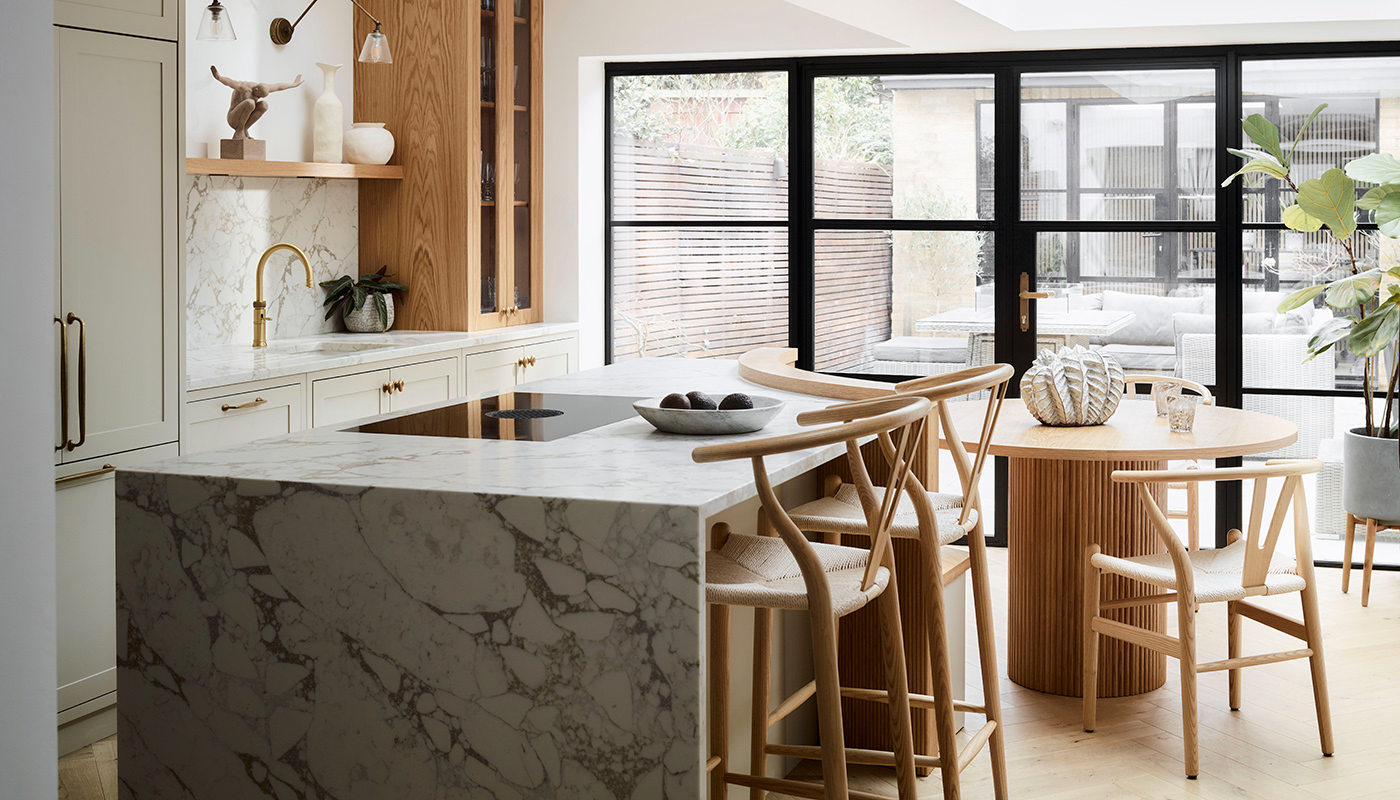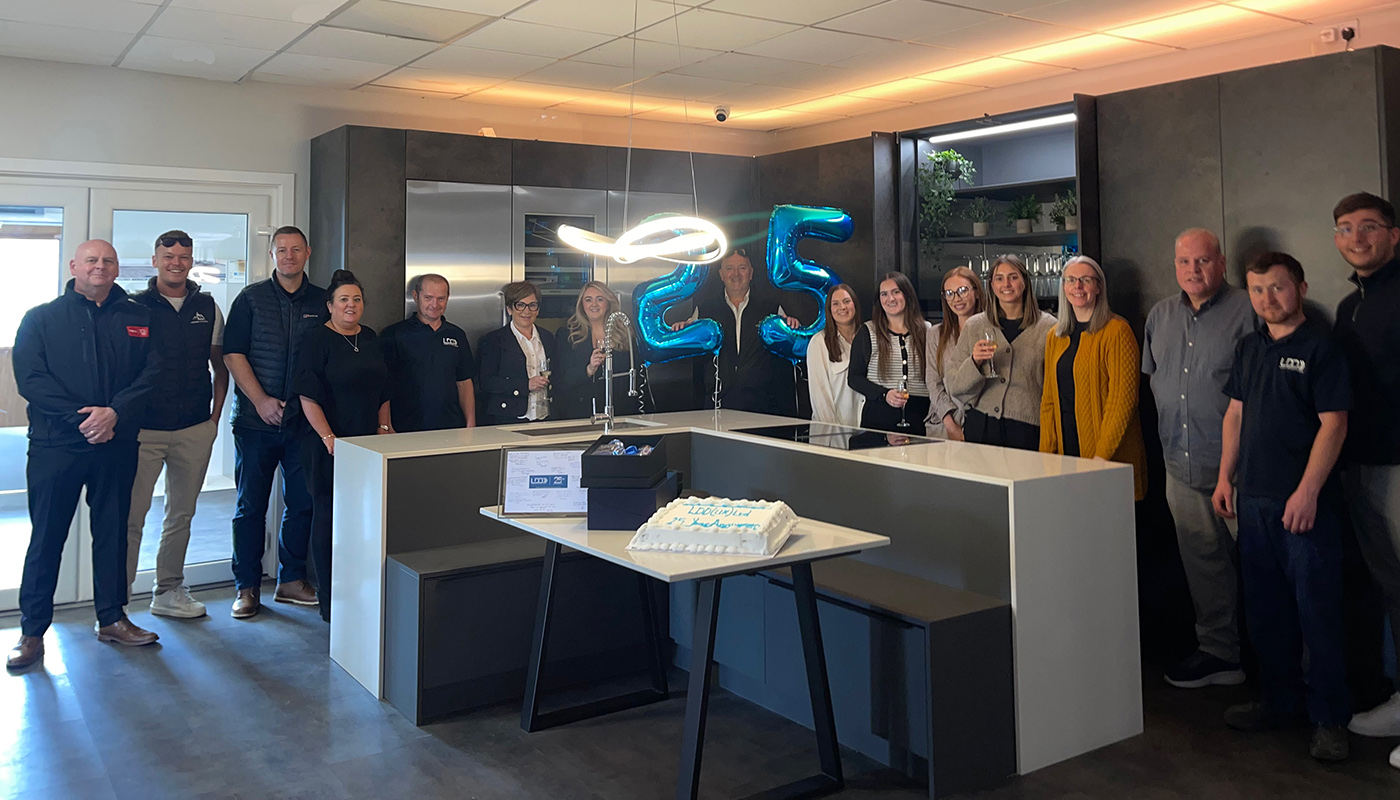Design focus: 5 ways to introduce calm into a busy kitchen environment
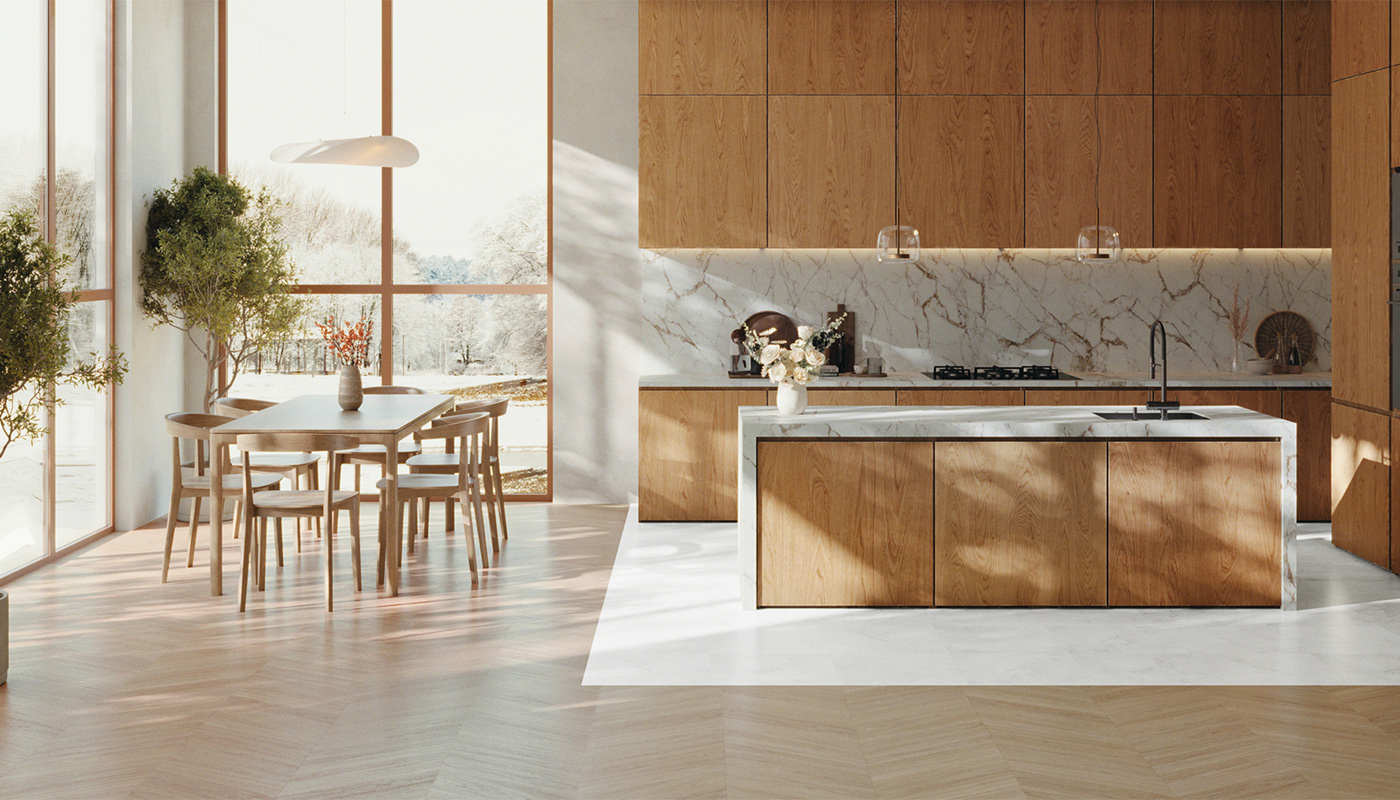
Design focus: 5 ways to introduce calm into a busy kitchen environment
From functional family hub to entertainment zone to home office, it’s little wonder that homeowners are seeking a sense of calm in the hectic, multitasking heart of the home – Gail Rees discovers how designers and manufacturers are prioritising harmony, simplicity, and tranquility.
1. Colour and Material Palette
A calming kitchen begins with the colours and textures that surround us as Crown Imperial designer Sophie Devonald highlights: “The colour palette is an integral part in setting the tone, with tactile, muted shades and natural wood styles, all contributing to an overall feeling of calm.”
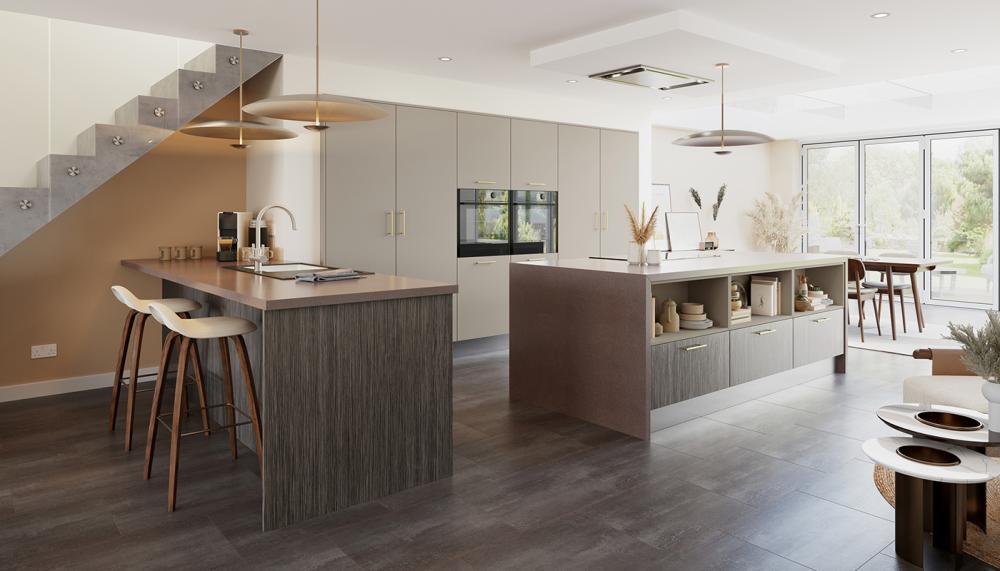
Christoph Wellekoetter, head of product management at Parador, agrees, believing flooring is a great place to set the tone: “From beautiful oaks and deep walnuts to light ash, these natural hues incorporate the outside world into our homes, offering a grounded and calm foundation.”
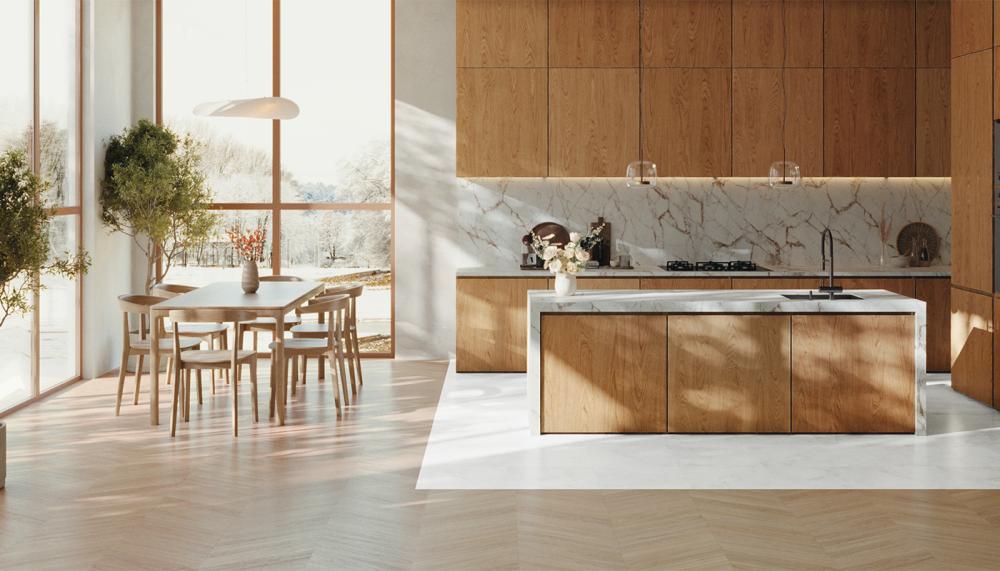
For Simon Boocock, MD of CRL Stone, the power of texture cannot be ignored. “Textured or matt finishes tend to have a more calming effect because they reflect light more softly and offer a more natural feel," he says. "A honed or satin surface finish can bring a sense of warmth and quiet elegance.”
2. Layout and Flow
Charlotte Tilby, head of marketing at Woodstock Trading Co (LochAnna Kitchens) believes that calm design starts with clarity and thoughtful organisation. “Good design should quietly support the way you live,” she says. “One of the simplest ways to reduce clutter is by incorporating clever storage – pull-out pantries, drawer organisers, and integrated bins keep everything in its place, minimising both visual and sensory distractions.”
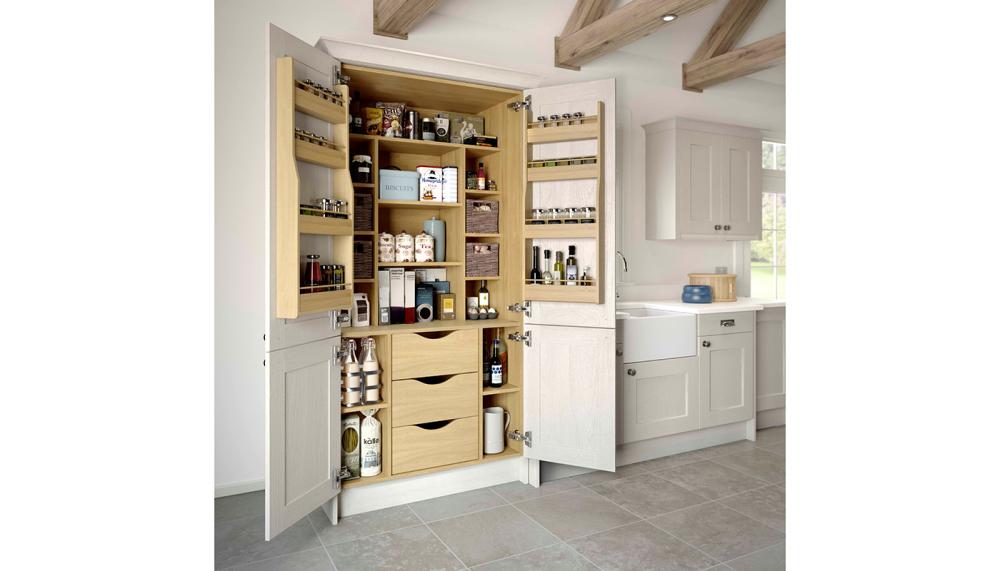
Jonathan Stanley, VP of marketing for Caesarstone, has noticed a shift towards “broken-plan layouts” that zone cooking, dining and relaxing areas while maintaining a sense of openness. “Surfaces play a key role in defining these zones,” he says, “helping create subtle visual transitions within a single, multipurpose space. This approach enhances functionality and creates calmness without disrupting flow.”
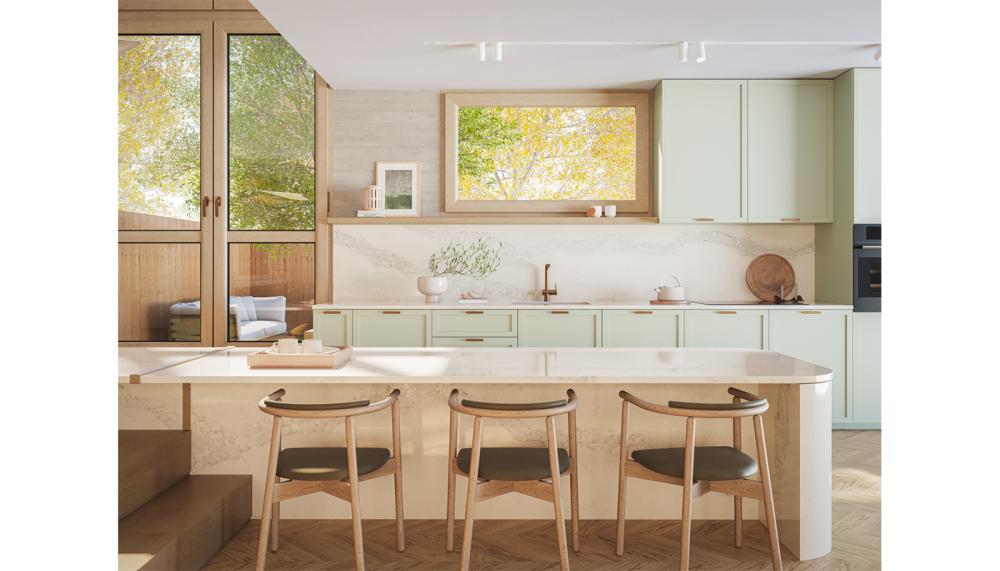
3. Form and Function
“A calm kitchen starts with intelligent, unobtrusive functionality,” says BORA’s Country Manager, Andy Cummings. “One of the most effective ways to reduce sensory clutter is to integrate appliances into the architecture of the kitchen. By designing our extraction systems into the cooktop itself, we eliminate the need for overhead hoods, freeing up sightlines and enhancing spatial clarity.”
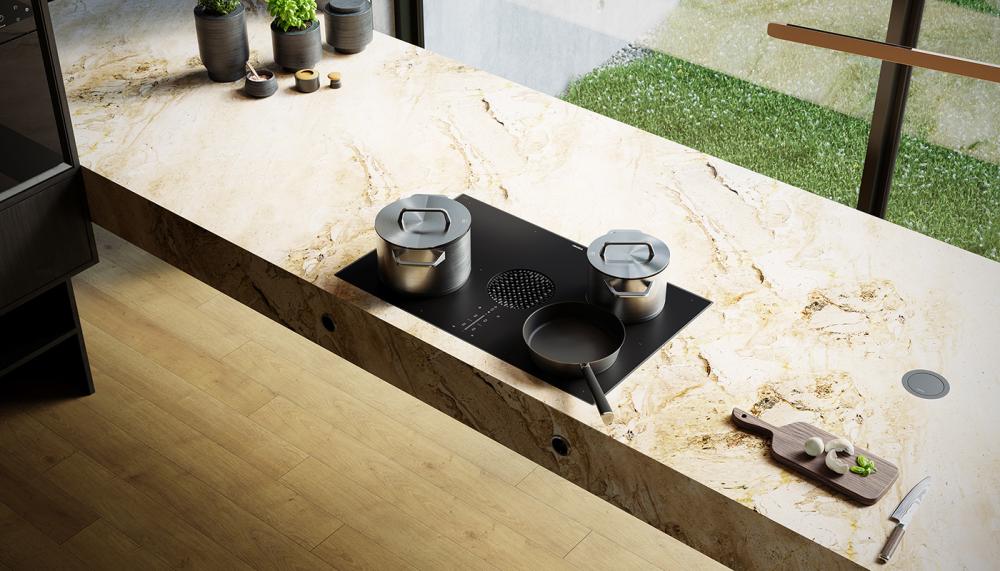
The consumer wish for visually sparse spaces and integrated appliances is echoed by Bodie Kelay, MD for Euromobel and Sachsenküchen. “As a manufacturer we have seen a rise in designs centred around hidden utilities and pantries to help reduce visual clutter and achieve a tranquil kitchen scheme,” he says.
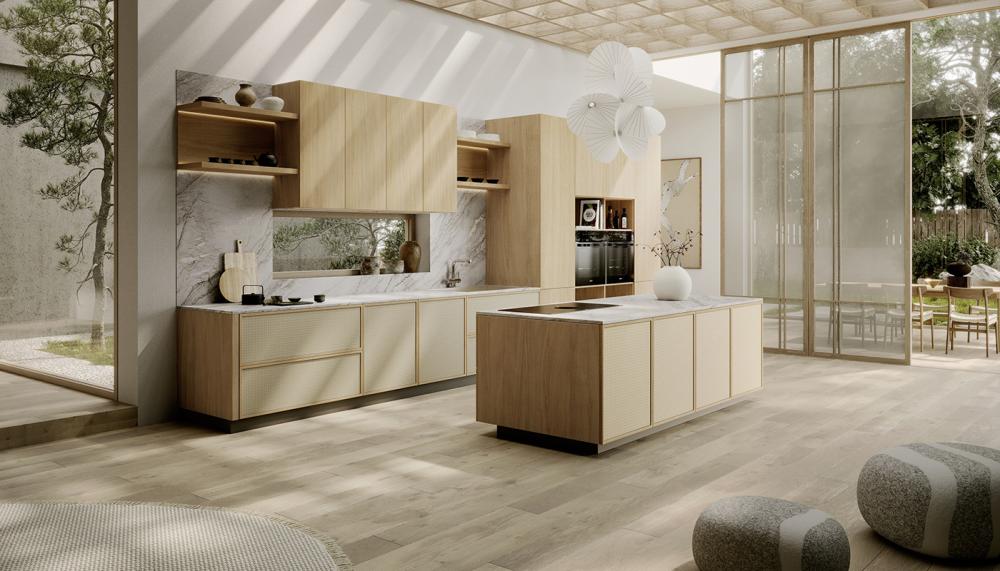
4. Quiet Functionality
A calm kitchen is not just visual – it’s audible. Haier’s cooking product manager, Dan Huckvale, explains: “Appliances are often the loudest and most visually disruptive elements in a kitchen.” The brand’s low-decibel models and soft-close mechanisms all help to create calm, low-noise environments.
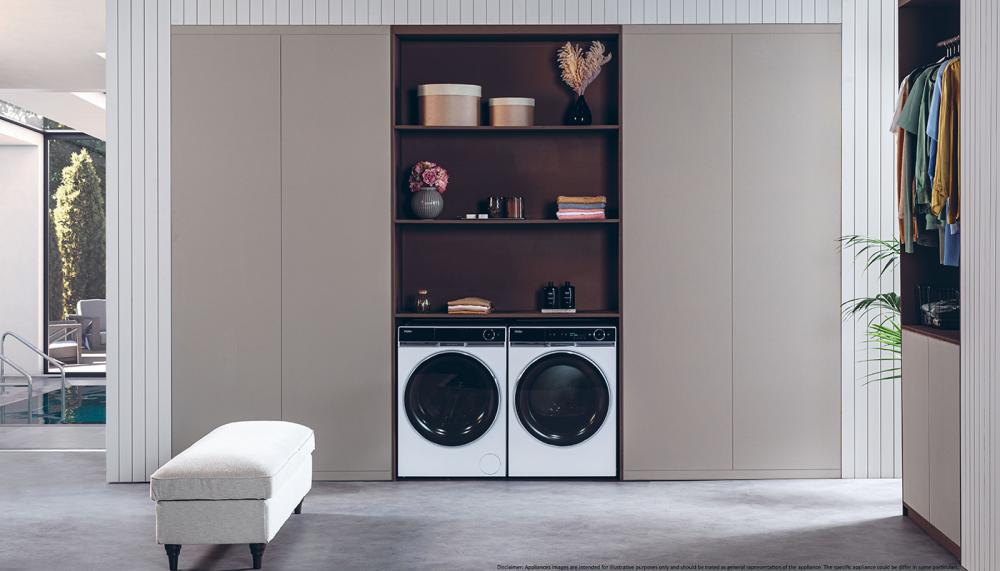
Novy’s head of luxury channel, Seza Weston, adds that sound design itself matters: “No one wants appliances to drown out conversation. We focus not only on decibel reduction, but on ensuring the pitch of airflow is less intrusive.” Meanwhile, Daniel Boulton, Clearwater’s sales & procurement director, notes innovations such as their SilentCote® thermal paint for sinks, “a sound absorbing thermal paint, which can be applied to the underside of selected stainless steel sinks to reduce noise while also helping to keep the water in the bowl warmer for longer.” All contributing to a less stressful cooking environment.
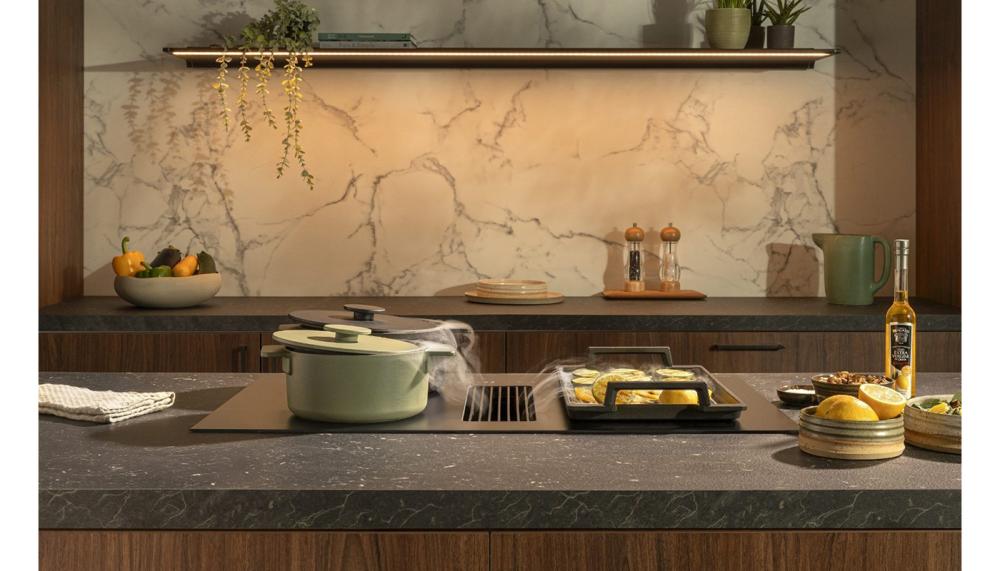
5. Lighting and Atmosphere
Lighting can transform the kitchen from a workspace to a retreat. “If your home is flooded with natural daylight, you instantly feel more alert and uplifted,” says Tom Howley, creative design director of the eponymous kitchen company. For darker spaces, mirrored or antique glass splashbacks, pale work surfaces and reflective flooring help bounce light around the room, creating an open, airy feel.
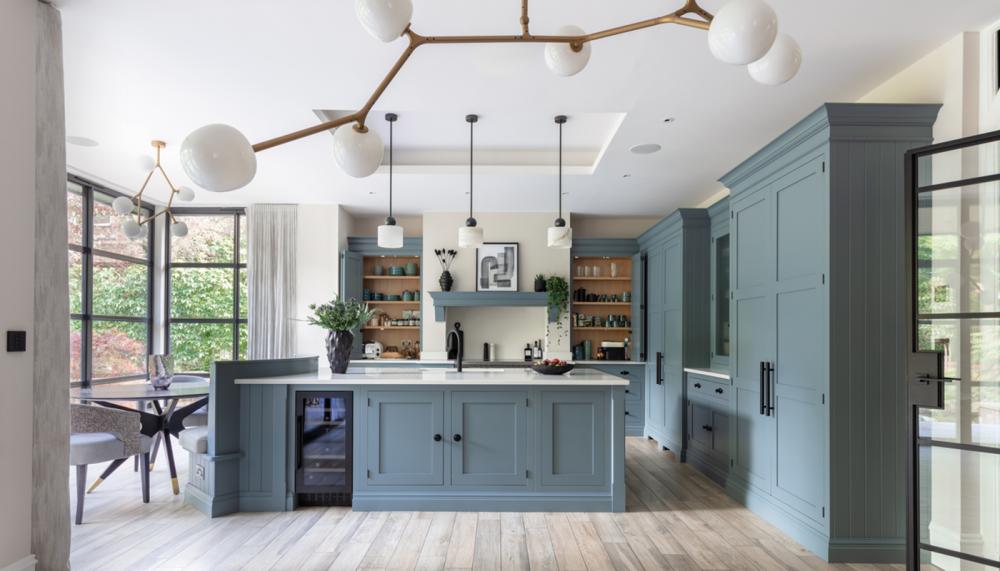
Artificial lighting, too, can define mood. Weston at Novy explains that “the use of discreet shelf lighting and focused LEDs helps create a different mood from day to evening.” The brand’s gesture-controlled Designer Lighting Collection allows users to switch from bright task lighting to soft, warm ambient illumination allowing homeowners to change the emotional tone of the space through the day.
One element often overlooked is ambient temperature, too hot or cold and the kitchen becomes an uncomfortable space, an important aspect not overlooked by Everhot. “As we move into the autumn and winter months, few things feel as inviting as stepping in from the cold into a warm, welcoming kitchen,” explains Graham Duke, sales director at Everhot. “An Everhot sets the tone in a kitchen beautifully, offering gentle background warmth while using less than half the energy of a comparable range cooker.”
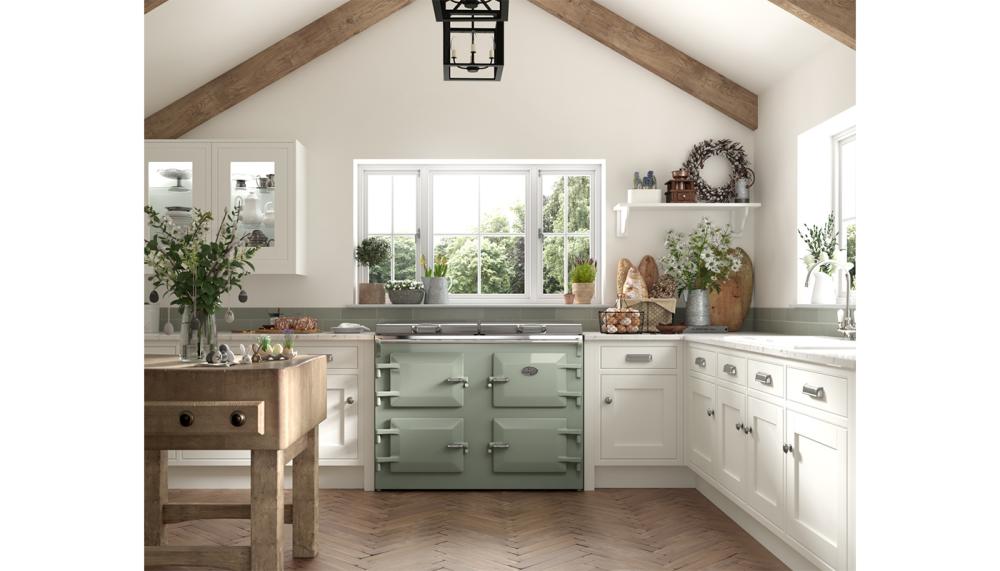
From muted palettes and seamless layouts to silent technology and soft, layered lighting, calm in the kitchen is achieved through design that soothes rather than stimulates. Ultimately, it’s about choosing surfaces, materials and layouts that balance practicality with beauty – creating spaces that feel effortless to live in and quietly restorative day to day.
Tags: kitchens, features, calm in the kitchen, caesarstone, crown imperial, everhot, haier, lochanna kitchens, bora, novy, parador, sachsenküchen, tom howley
Sign up to our newsletter
Most Read
Crown Imperial – 5 ‘must have’ kitchen trends for 2026
Sun 21st Dec 2025






